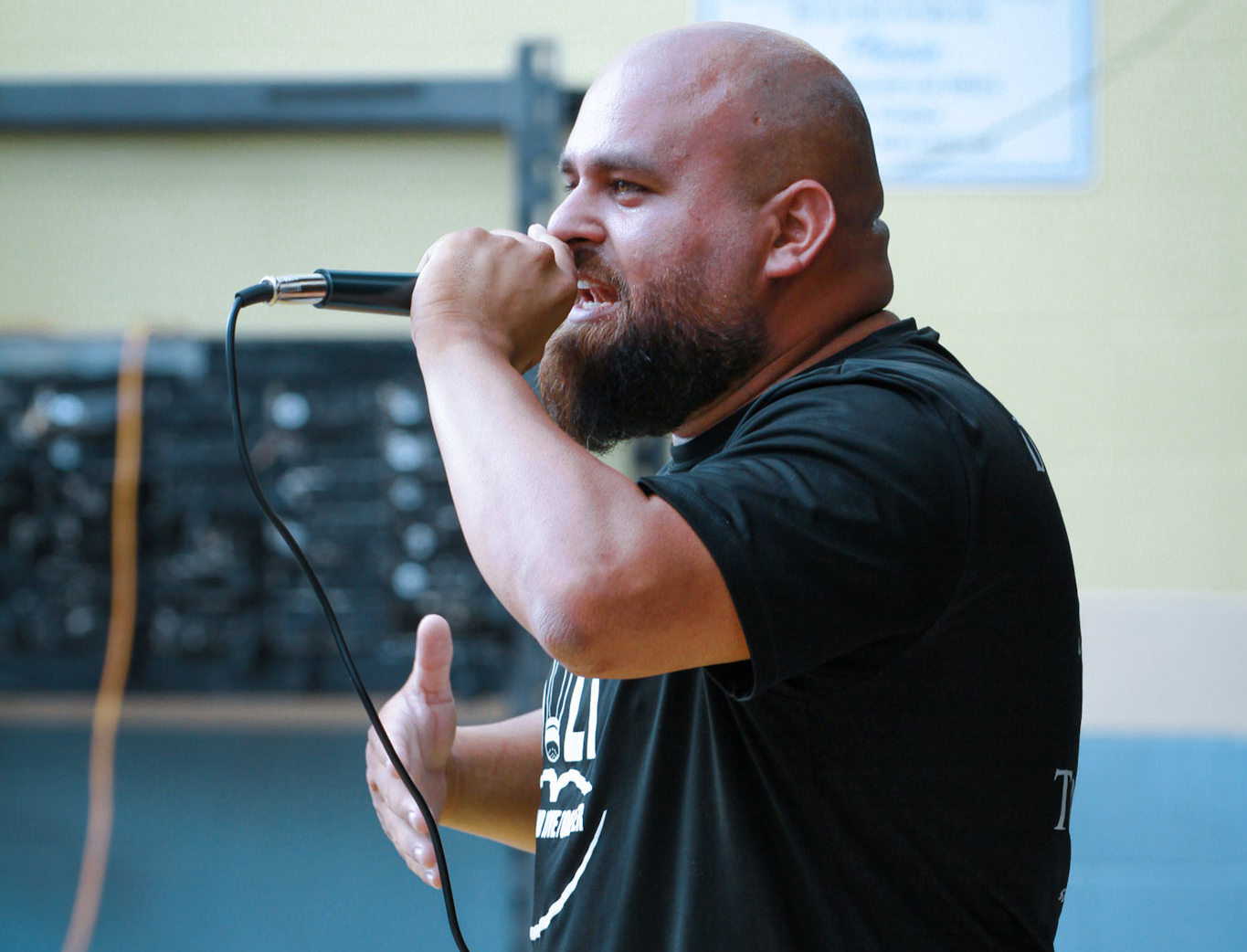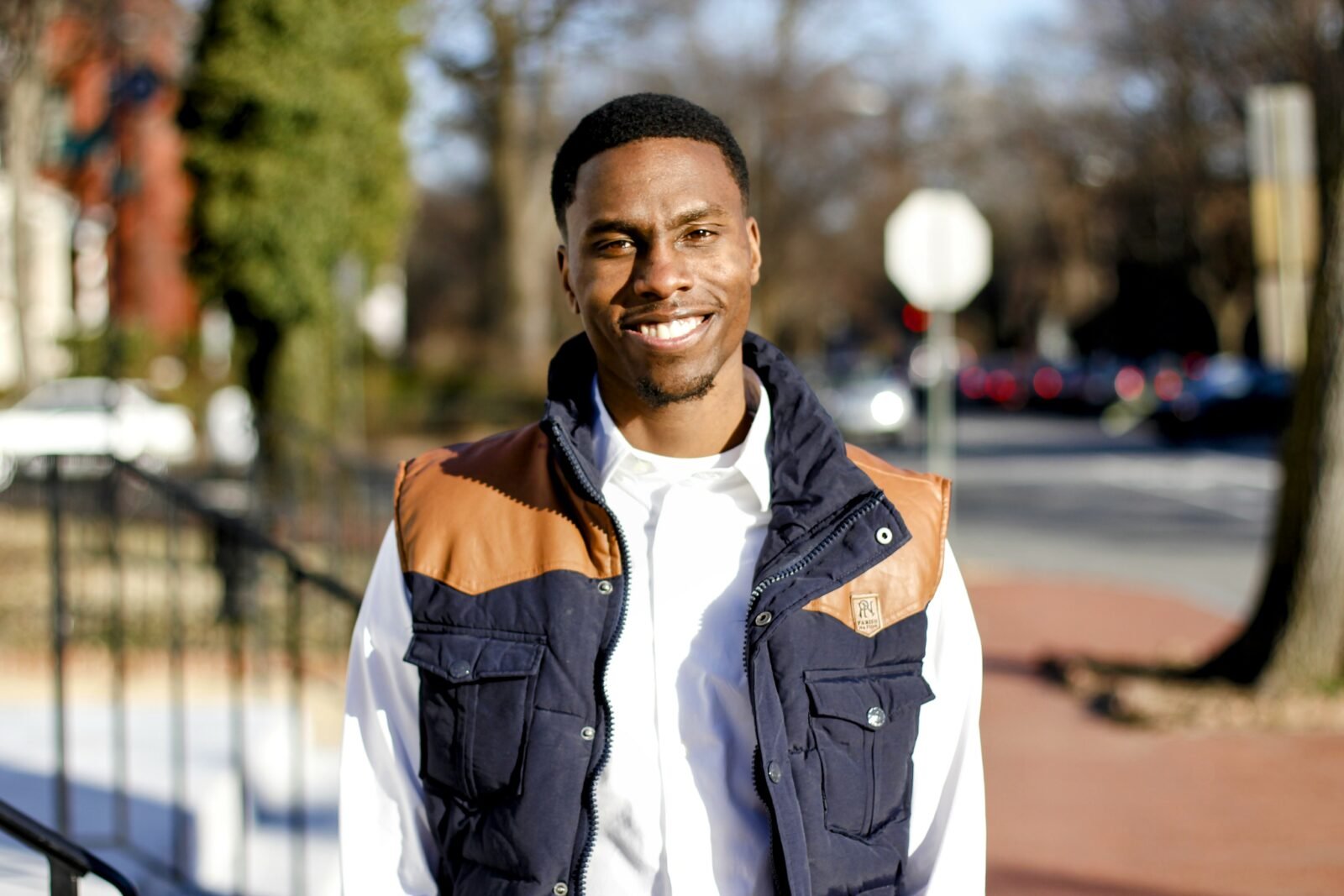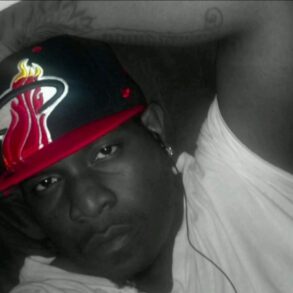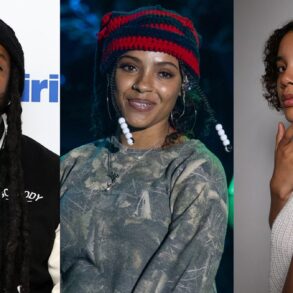In the Seventh-day Adventist Church, a denomination predictably and consistently hostile to any hint of hip-hop culture, it would seem unlikely that a young crop of passionate, self-motivated independent rappers would pop up across the landscape. But it is happening, and it’s time for the Adventist Church not only to take notice, but also to reckon with how much of a resource it is wasting.
While Adventists who hear “Adventist rapper” might think of pastor-performer Ivor Myers (ironic since he is one of the people most responsible for the suppression of the genre in Adventism), there have always been committed Christian rappers around the Adventist periphery.
As far back as I can remember in my Canadian context, underground artists like Nevahurd and Shadow of Christ were already carrying the torch for “remnant rap” (I like alliteration but let’s all agree to not start calling it that) in the mid-2000s and early 2010s. Stateside, Atlanta’s Patience had been putting out original material since 2005. I assume they had many Adventist contemporaries who escaped my notice.
Things changed for independent musicians in the 2010s. Home studio equipment and Digital Audio Workstation (DAW) software improved and became more accessible, allowing unknown artists like Billie Eilish to produce complete hit albums from home and rise to prominence.
As recording and producing albums became easier, and independent distribution services like Distrokid, Tunecore, and CDbaby made storefronts like iTunes, Amazon, and Spotify more accessible to artists without label support, the 2010s and 2020s saw new independent artists emerge, producing high-quality work. These trends contributed to the emergence of Seventh-day Adventist hip-hop music.
FLF – “Flood”
[embedded content]
Among the preeminent Adventist rappers is FLF, formerly Davis Absolute. Under his previous moniker, FLF was a familiar presence on platforms like The Haystack and appeared as a featured guest artist on Christian hip-hop (CHH) releases and on notable CHH site Rapzilla. He is uniquely responsible for Doug Batchelor’s unexpected, possibly unsanctioned, rap career in much the same way that Lecrae and other mid-aughts Reach Records artists were for John Piper—featuring soundbites and clips from various sermons in their songs. On his self-titled rebrand debut record from 2020, FLF literally opens the first track with a sample of the Amazing Facts evangelist’s distinctive voice.

Contrary to the oft-repeated worry that contemporary forms of Christian music are theologically diluted, much of these rappers’ output features conspicuously Adventist themes. In his 2021 single “Blessed,” Wilfredo (above) makes unambiguous reference to Sabbath observance, picking up on a trend that goes back at least as far as some of Nevahurd’s currently unavailable material (yes, I’ve been following this scene for a long time).

In 2022, Lawz (above) released “Object Lessons, Vol. 1” and “Object Lessons, Vol. 2,” which should ring familiar to Adventist ears. Lawz samples Ellen G. White audiobooks in his music. Even songs like “NO HIGH” from singer-rapper Jonathan Wright’s 2021 record “New Jerusalem” exhibit subtle hints of the Adventist sanctuary doctrine.
The Adventist version of this art form has emerged organically in many locations almost simultaneously. Through the internet I discovered Wilfredo, Jonathan Wright, and other Adventist hip-hop artists active in the Florida scene. I met rapper DBrealmuzik while we were both attending the Seventh-day Adventist Theological Seminary in Berrien Springs, Michigan. The movement has sprung up with the same decentralized grassroots passion that drives local music scenes in the broader market. The artists are not appointed by the church or propped up by televangelist ministries. Prominent or not, these are people who took on production and distribution costs and did the serious work of establishing brands as independent artists.
The organic, decentralized nature of independent Adventist rap allows artists to establish distinct personalities and coherent creative visions. In contrast, projects like The Lesser Light Collective use rap in ways that to me feel contrived—a musically misplaced conceptual mishmash, despite the honest efforts of the collective’s main rapper, Lee G. The music G released solo or as part of the duo Lee G & Delon feels more authentic and free-flowing than his contributions to Lesser Light’s records, perhaps because the latter musically narrates events of whole biblical books in order.
Shoehorning every thought process into a “Daniel & Revelation”-shaped box does not produce the poetic elegance of the Psalms. In fact, the Adventist hip-hop movement reveals a truth the Adventist Church needs to take more seriously: tremendously creative Adventists are pouring their resources into executing fantastically creative ideas and finding at least moderate success. It does not take top-down initiatives conceived by the upper echelons of church leadership, voted and approved by boards, filtered through the impossible strainer of arbitrary church sensibilities to make creative, recognizably Adventist ministry happen.
The church has recognized and at times embraced the vision and initiative of YouTubers and social media influencers. But the unending music debate seems to prevent the church from capitalizing on perhaps its best talent pool, even when that pool puts up undeniable numbers.
Nashbi – “Topics”
[embedded content]
Atlanta’s Nashbi is a leader in that regard. Spectrum readers may recognize his name as a featured guest artist on the 2021 record “Still God” from Atlanta-based gospel group Spirit of Praise. His top songs have hundreds of thousands of plays on Spotify, and at the time of this writing, he has just over 10,000 monthly Spotify listeners. Secular artists with a comparable reach usually warrant media coverage in genre-relevant outlets and often enjoy bookings at significant local events. The numbers Nashibi, Wilfredo, and FLF have put up through sheer self-promotion, presumably with minimal advertising budgets, should make them top targets for youth conventions and camp meetings all over the North American Division. They should appear on prominent denominational television programs.
Instead, my review of “Still God”—not a rap record but a gospel album featuring Nashbi on two songs—was met with hostility and vitriol on Adventist Twitter (I refuse to call it X) with a pocketful of decontextualized Ellen White quotes regarding “worldliness” and “demonic” worship. I’ve worried that in writing again, this article could result in the harassment of artists I respect as peers by people uninterested in how much they hold in common with the objects of their unwarranted scorn. From personal conversations I know that some artists named in this article have already experienced fallout from Adventist prejudice.
The Adventist Church needs to stop disregarding its vast talent pool and people power for fear of offending those with indefensible views on music.
It’s all the more crucial when we note that this movement of independent artists extends well beyond Adventist rappers. Indie-Alternative R&B artists like the Bahama’s Evin Nazya and Australia’s Haynza, Caribbean-rooted artists like Mateo Banks, Bj’orn Pierre, and Shurnelle Spencer, singer-rappers like Edwin Bliss, and singer-songwriters like Kayla Naomi, Aren Bruce, and Michelle Odinma would all fit perfectly as collaborators with the vanguard artists of the Adventist hip-hop movement, all while creating noteworthy music in their own genres.
This article has provided some of the talent scouting that would be necessary to put together a genuinely awesome lineup for a music festival or tour package(s). And that doesn’t include the artists who rally around the ministry of One Sound Music in the United Kingdom or the many who create in other locales around the world. Though virtually unrecognized by the denomination, young Adventist creatives are leading the way in expressing Adventism’s broad cultural and artistic spectrum.
How many pastors have preached to their youth about “burying their talents,” citing Matthew 25:14–30, only to bury the talents of enterprising young adults who say, “Here are my abilities. How can we use them?”
Recent releases from Lawz, Nashbi, Christian Aparicio, and others continue to sustain my hope for young Adventist creatives that the passion and creative drive that motivates every artist mentioned in this article will win the day and inject a new vitality into the corporate life and identity of the Seventh-day Adventist Church. They have planted seeds of a vibrant denominational youth culture. Now let the words of Isaiah 55 be true of these culture bearers:
“As the rain and the snow come down from heaven, and do not return to it without watering the earth and making it bud and flourish, so that it yields seed for the sower and bread for the eater, so is my word that goes out from my mouth: It will not return to me empty, but will accomplish what I desire and achieve the purpose for which I sent it.”
This post was originally published on this site be sure to check out more of their content.










